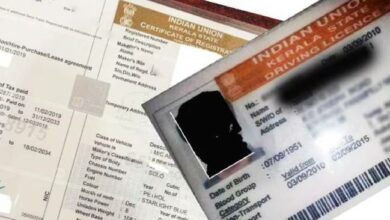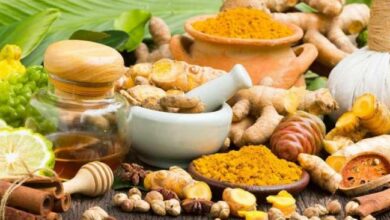Discover the Health Advantages of Including Bajra (Pearl Millet) in Your Diet

Bajra, also known as pearl millet, is a highly nutritious and adaptable grain primarily cultivated in regions of Africa and India, with consumption extending to various parts of the world. Bajra denotes the edible seeds harvested from pearl millet plants, displaying a spectrum of colors, including white, yellow, grey, brown, and bluish-purple. Recognized for their remarkable nutritional content, these grains offer essential nutrients vital for maintaining overall health. Here, we delve into some of the health advantages of incorporating pearl millet, or bajra, into your dietary regimen.
Health Benefits of Pearl Millet (Bajra):
- Abundant in Dietary Fiber: Bajra boasts a high dietary fiber content, which facilitates digestion, supports stable blood sugar levels, and imparts a feeling of fullness, aiding in weight management.
- Low Glycemic Index: Pearl millet possesses a low glycemic index, meaning it exerts minimal influence on blood sugar levels. This attribute can be particularly advantageous for individuals managing diabetes or seeking blood sugar control.
- Cardiovascular Wellness: The substantial fiber content in bajra can promote heart health by reducing the risk of cardiovascular diseases.
- Rich in Antioxidants: Pearl millet contains antioxidants that combat oxidative stress and mitigate the risk of chronic ailments.
- Enhances Bone Health: Bajra serves as a valuable source of phosphorus, a crucial component for maintaining strong bones and teeth.
- Supports Healthy Hair and Skin: Bajra is replete with essential nutrients, including protein, vitamin B6, niacin, folate, iron, and zinc. These vitamins and minerals are renowned for their contributions to healthy hair, skin, and nails.
Incorporating Pearl Millet Into Your Diet:
• Prepare pearl millet with water or milk to craft a nourishing and creamy porridge. Enhance its flavor with natural sweeteners like honey, maple syrup, or fruits such as bananas and berries.
• Utilize pearl millet flour to produce chapatis, rotis, or flatbreads. Given its gluten-free nature, it serves as a healthier substitute for wheat flour.
• Combine cooked pearl millet with diced vegetables, herbs, and your preferred dressing to craft a revitalizing and wholesome salad.
• Create a nutritious breakfast bowl by blending cooked pearl millet with yogurt, nuts, seeds, and dried fruits.
• Pearl millet lends itself to snacks like popped millet or roasted millet, offering a crunchy and nutritious option for munching.
Incorporating pearl millet into your dietary repertoire diversifies your grain choices while bestowing a multitude of health benefits, making it a valuable addition to a balanced diet.






